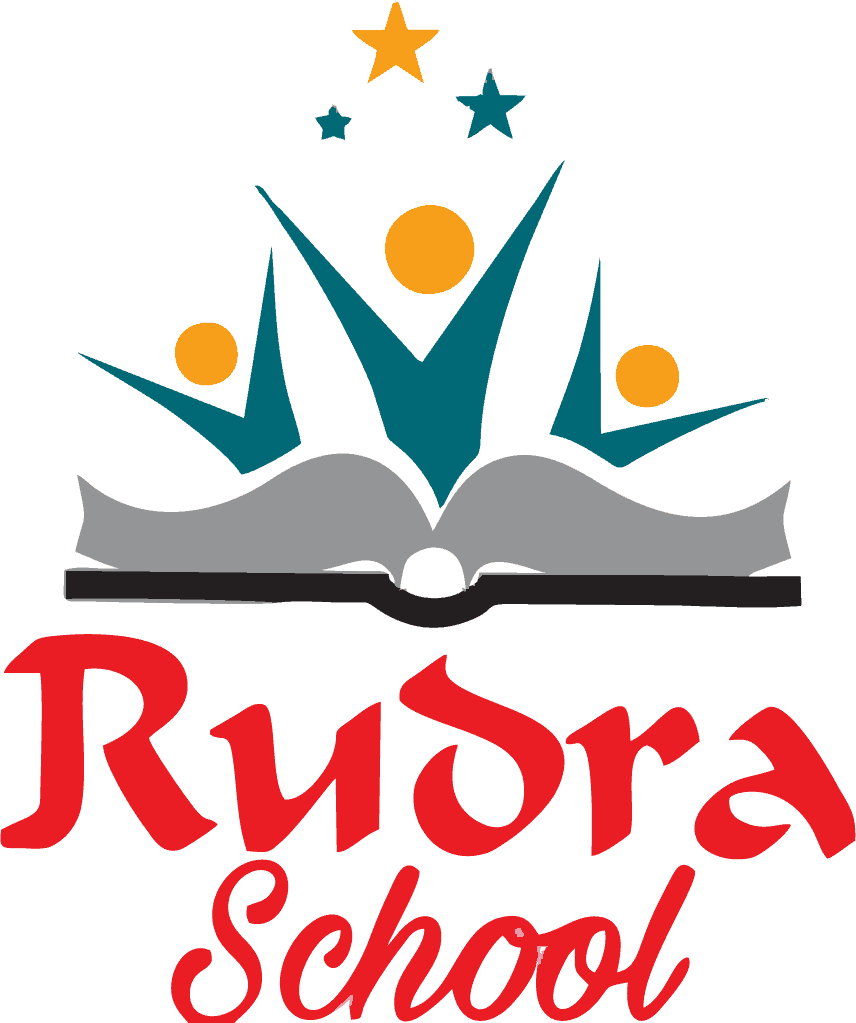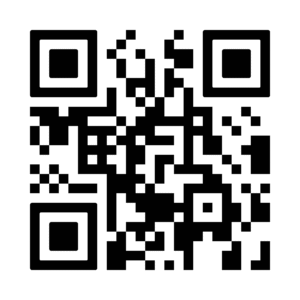
A well-known and generally respected educational board in India is the ICSE (Indian Certificate of Secondary Education) board. The Central Board of Secondary Education (CBSE) is one of the two main national-level boards for school education in the Philippines. The ICSE board is renowned for its thorough and well-balanced curriculum, which seeks to give students a solid foundation in a variety of topics.
The ICSE board’s key attributes are as follows:
Curriculum: Academics and extracurricular activities are both emphasized in the ICSE curriculum, which emphasizes a whole-person approach to education. It includes a broad range of topics, such as languages, sciences, math, social studies, and the arts.
Exams: The board gives class 10 pupils the ICSE test, which is regarded as being equal to the class 10 board exams given by other educational boards in India. Students’ knowledge, comprehension, and application of the topics they have learned are evaluated during the exam.
In comparison to other educational boards, the ICSE syllabus is intended to be thorough and rigorous, frequently addressing topics in greater depth. Students may gain a deeper comprehension of the subjects as a result.
English-medium instruction: The majority of subjects are taught in English at ICSE schools, which benefits pupils’ linguistic proficiency.
Internal Assessment: Projects, practical work, and internal assessments are frequently incorporated into the evaluation process by the ICSE board. Students are encouraged to actively participate in their studies and put their knowledge to use.
Flexibility: The ICSE board permits schools to select textbooks and pedagogical approaches in accordance with their choices, which can result in a more varied and dynamic learning environment.
Although the ICSE board is well-known in India, each state also has its own state-level educational boards that hold exams for students in classes 10 and 12. When deciding between several educational boards, students and parents frequently take into account elements including the curriculum, the teaching style, and the student’s professional goals.





